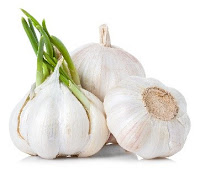The Pansy

“There’s pansies, that’s for thoughts.” William Shakespeare, Hamlet The name “pansy” comes to us courtesy of the English, who mangled the French word “penser” (means ‘to think’) in the mid-1400s. At that time the word was used for the wildflower we call a viola or johnny jump up. The flower was widely used for centuries as a romantic gesture and as a symbol of secret courting. A violet or purple flower meant passion, yellow for happiness, and white for “let’s take a chance!” Shakespeare used the pansy several times in his plays. The large flowers we know today are a result of the gardening passion of the British landowners in the 18 th and 19 th centuries. Lady Mary Elizabeth Bennett of Surrey, England, was the first to introduce the large pansy flower to the world in 1812. Other gardeners quickly followed in her path, and within 20 years there were 400 named varieties of pansies. Whether known as heartsease, Johnny jump up, love-in-idleness


